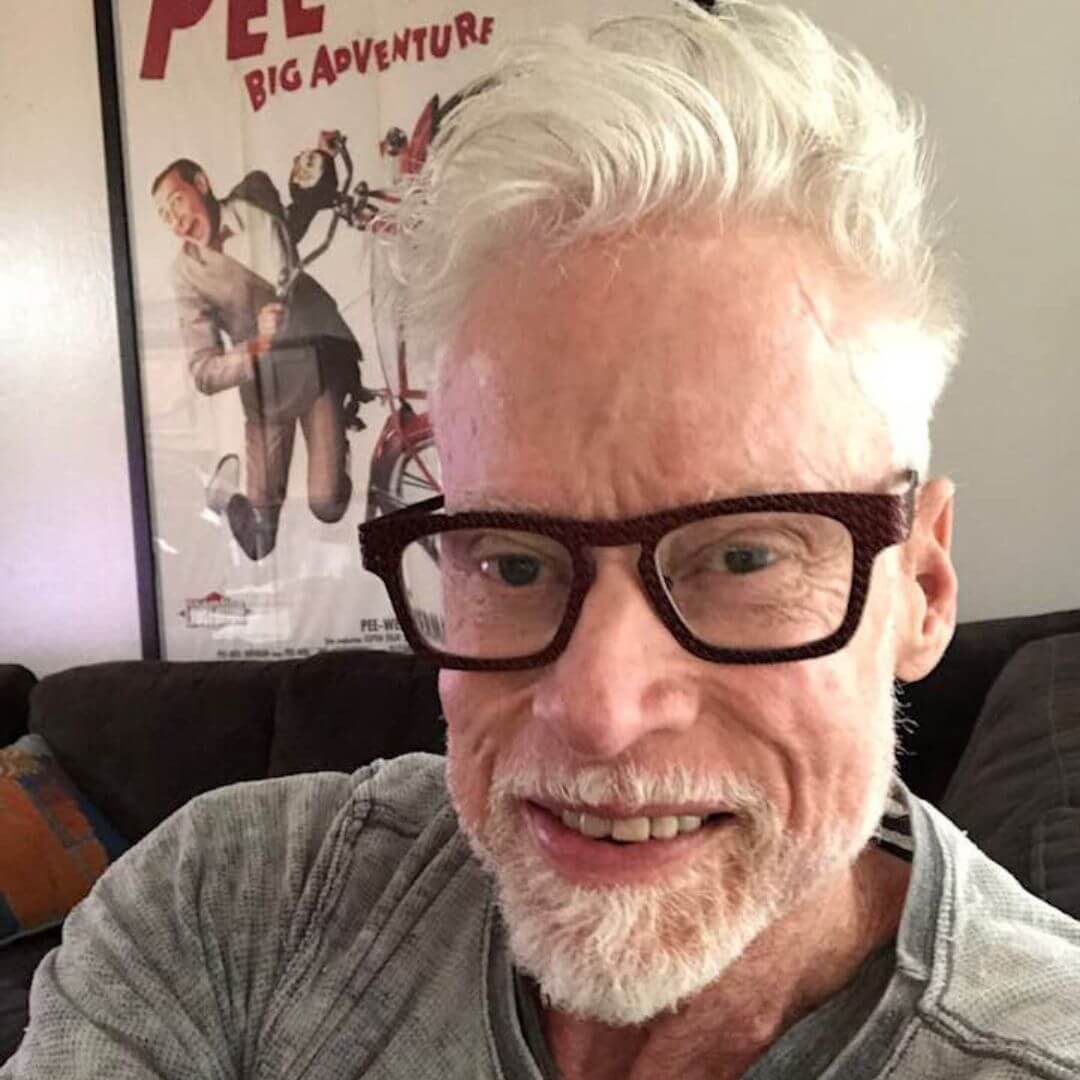40 Years and Counting: From Epidemic to Longevity
Matt Sharp
he/him
It was the summer of 1982. Suntanned, sweaty and shirtless we danced to the beat at the latest, greatest gay disco in Lower Manhattan. We were on top of the world, almost ecstatic, most of us just beginning our lives professionally–and sexually. Tragically, we had no idea we were cruising on a ticking time bomb, but in that moment, nothing would stop us.
June 5, 2022, the world observed the 41st year since the first officially reported cases of a rare infectious illness hit the gay community in urban centers but then quickly spread to women and people of color all over the world. The cause was eventually found to be the previously unknown Human Immunodeficiency Virus (HIV), an insidious blood-borne virus, spread through certain behaviors in stigmatized populations. AIDS (Acquired Immune Deficiency Syndrome) an extreme illness-rare pneumonias and cancers- conditions of severely suppressed immune systems, impacted everyone who was infected. In those early years, few survived.
Autumn 1989. The shrill sound of a thousand whistles accompanying throngs of marchers wearing black t-shirts emblazoned with pink triangles, rounded the corner in front of Reagan’s White House. The protesters lay on the street in a huge “die-in,” depicting AIDS deaths. “ACT UP, FIGHT BACK, FIGHT AIDS” was the raucous chant among the angry protesters some of them with tears streaming down their faces, but sheer determination in their hearts and souls.
In no time at all hospitals were flooded with the sick and dying as an apathetic government and institutional leaders continued to turn a blind-eye to the burgeoning disease. A document known as “The Denver Principles” was released by AIDS activists as a foundation for a patient rights and empowerment. A grass-roots advocacy movement raised funds, created food banks, and cared for the forgotten sick and dying, who were now pariahs from their own families. HIV positive women and people of color built their own advocacy, education and support networks demanding their own seat at the table wherever critical decisions were made surrounding the disease. Treatment activists armed themselves complex scientific, regulatory, and economic information that provided critical defense with corporate, institutional, and governmental decision-makers.
With grace and dignity, sometimes anger and rage, the AIDS community essentially created a powerful activist force with an opportunity for people with common bonds to join together and fight against an epidemic that threatened their very existence. Eventually, this ongoing battle led to the development of life-saving anti-HIV treatments that miraculously transformed sickness and death into survival.
Summer 1996. The meeting hall in Vancouver was tense as the anticipated clinical trial results using a new combination of drugs showed for the first time HIV virus dropped so low it couldn’t be detected. Activists and physicians at the session knew the data was real because they had seen the start of an amazing transformation in their communities. We called it the Lazurus effect, as people they knew who had suffered from AIDS were slowly but surely recovering, looking and feeling better. For the first time after years in a desperate struggle to live we can now be hopeful for the future.
The statistics are clear: In the United States deaths from AIDS-related causes HIV-related rose through the 1980s and peaked in 1995, but have dropped more than 80% since the peak and by almost 50% since 2010.
Hundreds of thousands of people living with HIV/AIDS are now surviving well into old age—something never imagined at the onset of the epidemic— and their numbers are growing. But even this miraculous achievement has created some unanticipated challenges that have not gone unnoticed. As in the beginning of the epidemic people with HIV/AIDS who are surviving are taking care of themselves. They are creating a growing movement of advocacy, education, and mobilization to collectively meet and deal with these challenges. People who contracted HIV as adults, those who have lived with it their entire lives, having been infected from birth, plus the providers, caregivers, and support volunteers who never contracted HIV are survivors as well. Each survivor has their own story to tell albeit with different and similar characteristics and issues. They have lifelong scars from the trauma, stigma, grief, and devastation of the disease.
Today and into the future there are many reasons to be thankful. The profound scientific advances that have been achieved, combined with ongoing research, successful public health care campaigns to bring infections to as close to zero as possible and active communities of people with HIV this devastating epidemic and develop. Focused international research efforts, have resulted in theoretical strategies for developing a cure, and there are many clinical trials currently underway. But remember HIV is not over until it’s over. An HIV vaccine, the one thing that could truly end AIDS, has remained elusive. Stigma, apathy, denial, and poverty are pervasive barriers to ending the epidemic. Society will only determine the outcome of the global HIV epidemic as well as here at home.

